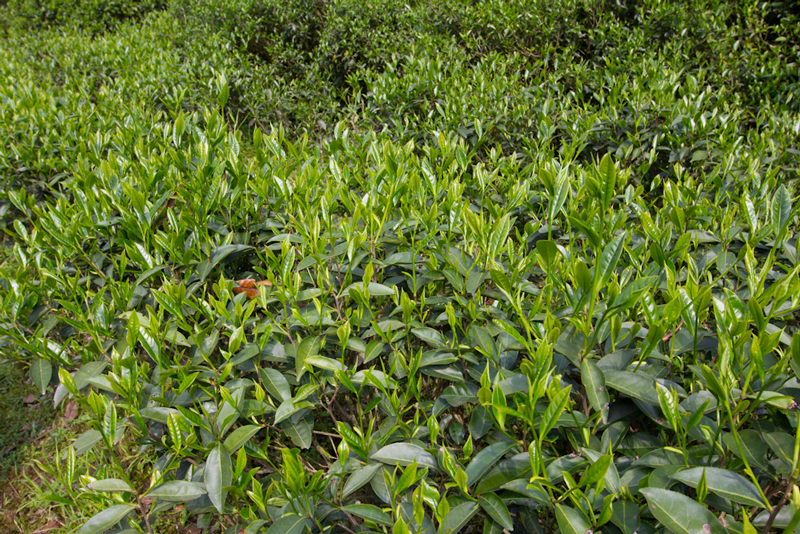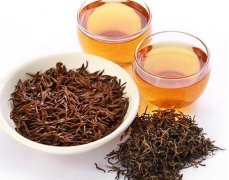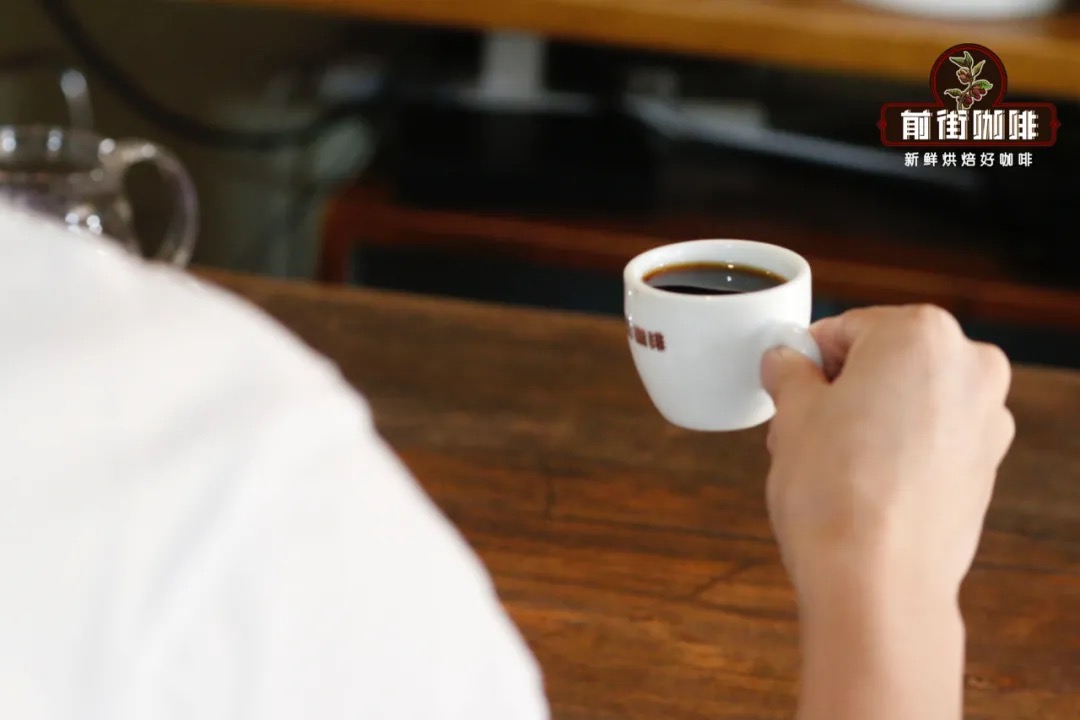What are the famous black teas in China? which producing areas are good to drink? the top four black teas in China rank first.
People who drink wine and coffee may already know that the soil (or origin) of any particular crop has a significant impact on taste. "terroir" is a French word borrowed from the wine world, which mainly describes the environmental factors of a region. The soil composition, altitude, temperature and rainfall of the planting area all affect the taste of the finished product, whether it's wine grapes, coffee beans or tea.
The soil also includes planting methods in specific areas, such as traditional harvest dates or picking and pruning standards. In the context of black tea, black tea is now grown on almost every continent, and these variables cover a considerable range and produce a large number of unique styles. Although global production is beyond our professional scope of safflower, China's vast border includes several different regions, produces a unique black tea style, and provides a snapshot way that soil can affect the taste of black tea.
Wuyi Mountain, Fujian Province
According to legend, Wuyi Mountain in northern Fujian is the place where black tea was first developed. One of the most common stories is that passing soldiers use piles of tea leaves as mattresses, scratching the leaves and oxidizing them, making the black tea look black.
Regardless of the truth behind the country of origin, Wuyishan black tea is one of the earliest varieties of black tea to achieve commercial success in Europe, mainly for export, and its English name is "Bohea". Although the region is also famous for other styles (the most famous is Wuyi oolong tea), many classic Chinese black tea varieties, such as Golden Monkey, are still produced here.
Because of the relatively mild climate in Fujian, the taste of these traditional "black" teas is very different from that of ordinary western-style black teas. The cold winter puts tea trees into dormancy, during which carbohydrates are stored as energy reserves. In spring, these natural sugars are sent to the leaves to create a natural sweetness. By contrast, most "English" black teas grow in warmer climates, such as India or Africa, where they grow faster, giving plants less time to produce complex flavors.
Qimen, Anhui Province
Keemun Black Tea looks like standard English tea, but it is usually sweeter than the Indian variety.
As black tea becomes more and more popular around the world, Chinese production has spread northward to Anhui Province. The growing market demand for black tea is more readily available, so tea farmers begin to use more summer tea to make more tea. In order to make oxidation more effective, they also began to tear the tea into smaller pieces-another benefit is that the tea can be tightly packed for transport. The final product is transformed into "Qimen tea" in Britain and is very popular in Europe, sometimes referred to as "authentic" English breakfast tea.

Yunnan
In southern China, Yunnan Province is also famous for producing unique black tea. In these latitudes closer to the equator, the dormancy period is shorter, altitude becomes an important factor, and lower temperatures at higher elevations help slow growth and enhance flavor. The best-known black tea in this area uses only plant buds and is picked in early spring to get the sweetest possible taste. When oxidized, these young leaves turn bright golden, in sharp contrast to the typical black of fully oxidized tea.
The natural sweetness of these buds comes from the natural carbohydrates in the leaves, which also provide an extremely smooth texture for the finished beer. Although early harvest tea in other regions has similar characteristics, Yunnan black tea is especially famous for its rich brewing, and high-end black tea has flavors such as molasses, brown sugar and honey.
Nantou, Taiwan
Although Taiwan Island is a relative newcomer in the field of black tea, a large amount of investment in black tea research and development has earned Taiwan black tea a world reputation. At the beginning of the 20th century, under the encouragement of Japanese occupation, black tea production corresponds to domestic green tea production, which is concentrated in Nantou County, around Sun Moon Lake.
Although Taiwan's oolong tea grows at higher elevations, the mountainous landscape of Nantou and Taiwan's relatively mild climate make black tea grow slowly and taste naturally sweet. Although black tea is still harvested in the spring, the youngest harvest is not as valued as in other regions. As a result, Formosa black tea tends to be crisp, bright and slightly fruity, in sharp contrast to the rich malt flavor of black tea from Yunnan and even Fujian.
Finally, unlike the traditional tea varieties used to make black tea in other parts of China, black tea in Taiwan is usually made from Assam or from hybrids developed by the Taiwan Tea Research and Promotion Station (Taiwan tea Research and Extension Station). The range of cultivated varieties makes Taiwan black tea one of the most unique varieties in China.
Black tea from these traditional regions accounts for only a small portion of global production, but this limited choice suggests that even when the production process is similar, the impact of soil on tea is limited. If you want to find a specific flavor in your black tea, finding the right soil may be the key to a difficult search.
Where is your favorite black tea made?
Important Notice :
前街咖啡 FrontStreet Coffee has moved to new addredd:
FrontStreet Coffee Address: 315,Donghua East Road,GuangZhou
Tel:020 38364473
- Prev

Where is the authentic Jin Junmei tea gift box? how much is a box of Jin Junmei tea?
Jin Junmei is a unique black tea. It comes from Tongmu Village in Wuyishan Nature Reserve. The amount of tea that can be grown here is limited by the terrain and the fact that the area is listed as a UNESCO World Heritage site. Tongmu is also a traditional producer of Zhengshan black tea, but the production of this old-fashioned tea has now been replaced by the more profitable Jinjunmei tea. Zhengshan is small
- Next

How does coffee rookie taste the flavor of hand-brewed coffee? Is the tea in boutique coffee astringent?
"isn't tea sweet?
Related
- What effect does Italian American coffee with filter paper have? Will coffee taste better if it is put on filter paper at the bottom of the powder bowl?
- What is the color difference in coffee beans? What are the characteristics of honey processed coffee beans? Why are the anaerobically treated coffee beans uneven in color?
- How does novice Xiaobai quickly get started and make coffee? Newbies learn to make coffee by hand and share the specific steps and process process!
- Costa tea has a shelf life of 100 years?! Expert: Unable to verify
- It's a huge uproar! American milk addition was rejected by Manner employees?!
- Mocha pot coffee bean recommendations| How fine and how much powder should be used for grinding? What parameter ratios do I need to use to make milk with Mocha pot coffee?
- What are the characteristics of the world's top ten coffee beans treated with Costa Rica honey? How to make black honey kadura from Tarazhu Pilon Processing Plant taste good?
- How to make deep-roasted coffee? What grinding water temperature does authentic Jamaica Blue Mountain No. 1 coffee use to brew it well?
- Selected high-grade rose summer coffee flavor tasting guide Why Panama rose summer has the aroma of flowers and fruits
- What equipment does a novice Xiaobai need to buy to learn to make coffee? Filter cup electronic scale bean grinder manual flushing pot purchase guide

